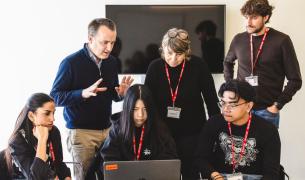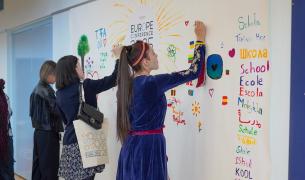In an Armenian Village, Students Become Clean Water Advocates For Their Community
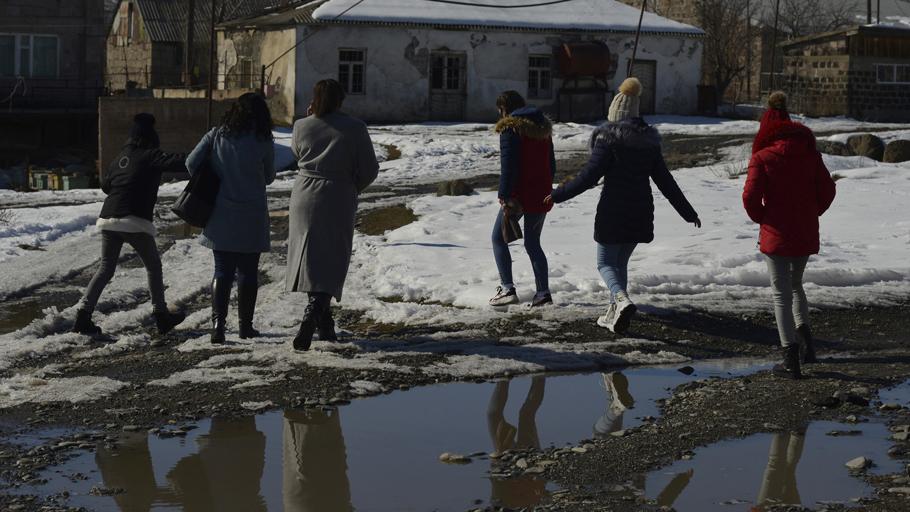
I am Knarik Chopuryan, and I’m a Teach For Armenia Teacher-Leader teaching geography in the small village of Katnarat, in the Lori region of Armenia.
During Teach For Armenia’s Teacher Leadership Academy last summer they held a Virtual Student Leadership Camp and I had the opportunity to select some of my students to participate. The selection process was very hard for me since I saw the potential in each of my students, but we ended up selecting 12 students and forming three groups, each of which presented a unique project idea during the camp. My students joined 300 children from five regions of Armenia and one of the groups even ended up receiving funding for their project tackling an incredibly vital issue: the need for clean drinking water in the community.
Most of the village receives their water supplies through the river, which is of course unfiltered water. Only a small part of the village is able to access water from a spring in a neighboring village that is brought to Katnarat through pipes. However, because the pipes have not been updated for many years, even the spring water that flows through them is not always safe to drink. In fact, there have been multiple cases of poisoning in the village linked to unclean water. For this reason, when exploring the topic of ecology, the students decided to dive into the issue of the lack of clean water in their community. We called the project “Water for Life” and set a goal of raising awareness among the community members about safe usage of water in the village.
The summer camp equipped my students with new knowledge and skills, including the importance of identifying priorities. The students didn’t just think of themselves, they actually wanted to create a project that would benefit the whole community, and it won because of their unity and pursuit of excellence.
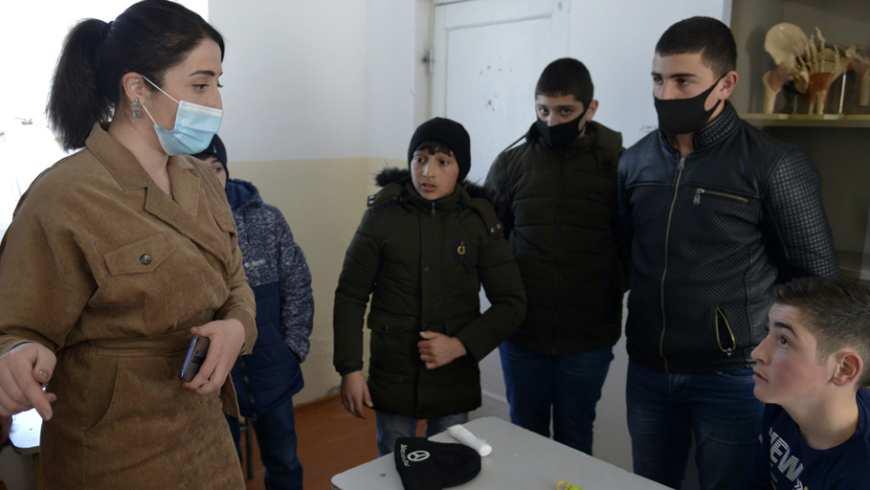
Ovsanna, one of the students in the winning group, was thrilled. "I was so excited! I did not believe that our project could win," she said. Another student, Salvina, added, "I was very happy that a winning project was the one that could enable us to help our community." The other two teams of my students also shared the excitement and were excited to combine their efforts into one project. As a result, they all came together to implement the project as a team of 17.
Following the camp, the students began meeting in school after their classes to work on their plans. First, they conducted surveys in the community about how the residents would describe the water quality. As they saw the results, once again, they were convinced of the importance of the project. The community members agreed with the initiative, and noted that the drinking water did not meet the quality standards. The community nurse shared with the students the key rules to follow when using the water for drinking.
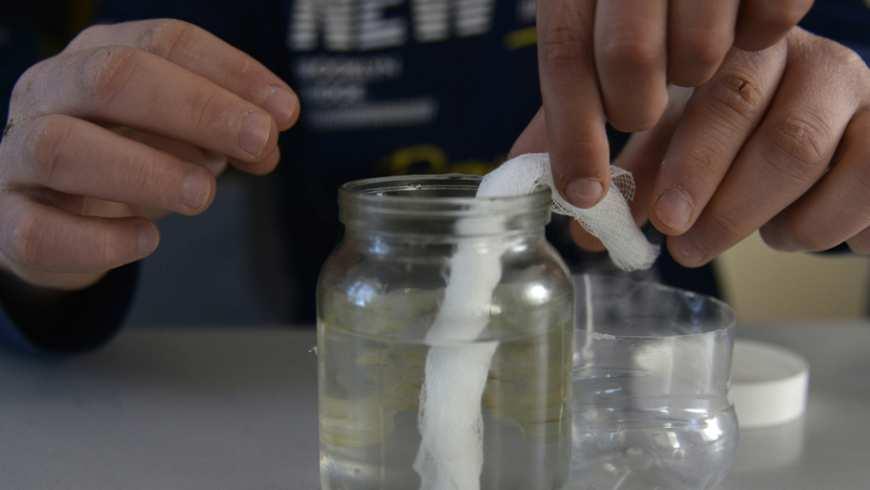
The second step was the research phase, where the students divided the work among themselves. Each group researched different characteristics of drinking water and shared the results with each other during meetings and discussions.
We first tried to understand what types of harmful chemicals and pesticides this water may include. Then, my students worked on taking different samples of this water, and left those samples for some time, in order for them to accumulate sediment. After seeing the results, they went on to share their findings with the residents of the village. They asked if the water quality was satisfactory for them, and what other changes they believed were necessary. My student Emma states that in these conversations people mentioned that they believe the water pollution caused intestinal infections in children and may even be a reason for sickness in animals
When they had pulled together the results of their research, they moved to the third stage, which was developing a map of the community's residential section, where the drinking water was coming from. The students created posters, along with the maps, to highlight several rules for safe usage of water. They hung these colorful posters across the community's most crowded spots.
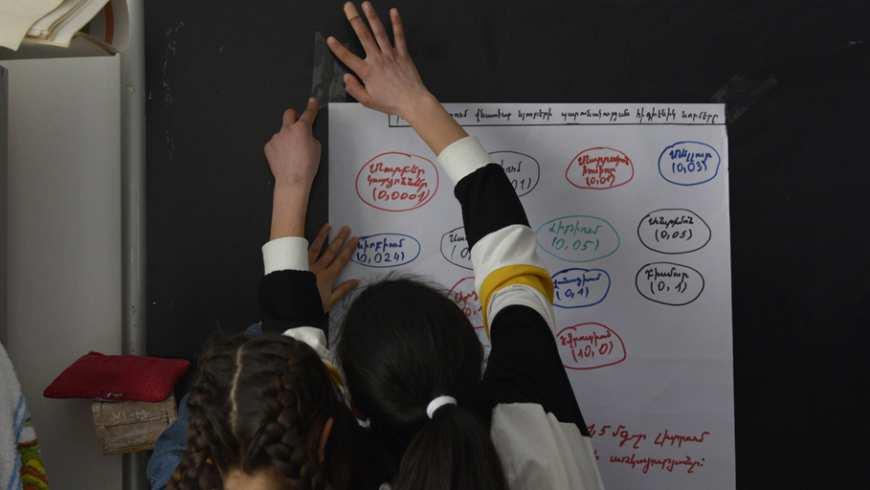
The process was not without challenges, one of which was the shyness of the students. However, the project helped build their confidence and flexibility so that they could express themselves in new and unexpected settings. And I am sure the willingness of the community members to help the students inspired them immensely.
As a result of the students’ project, we now have a community that is aware of how to avoid bacteria spread through their water. And we promised ourselves that this is going to be just one of many successes in developing our community. Because we know that our community is full of infinite possibilities.
